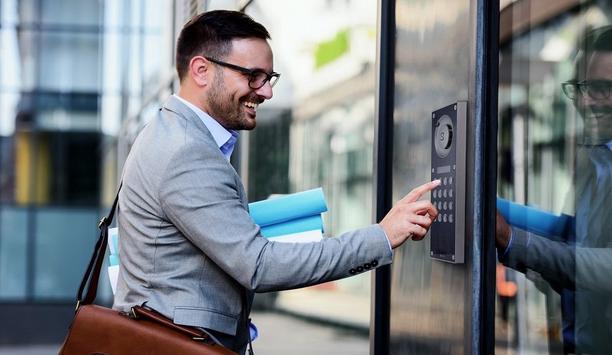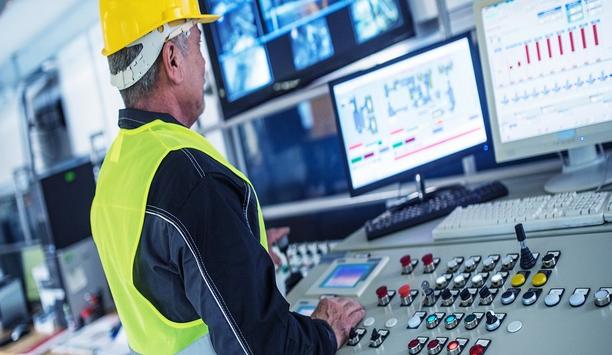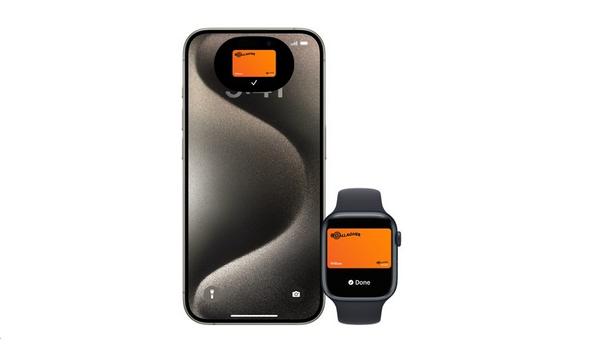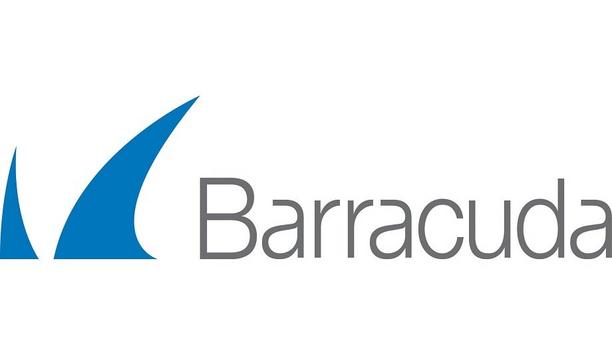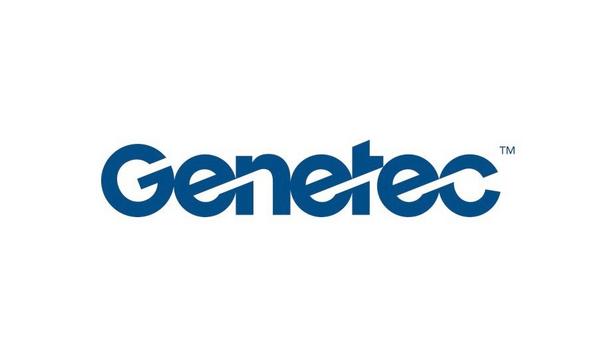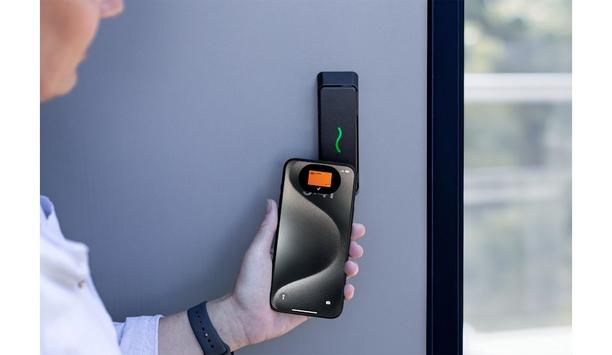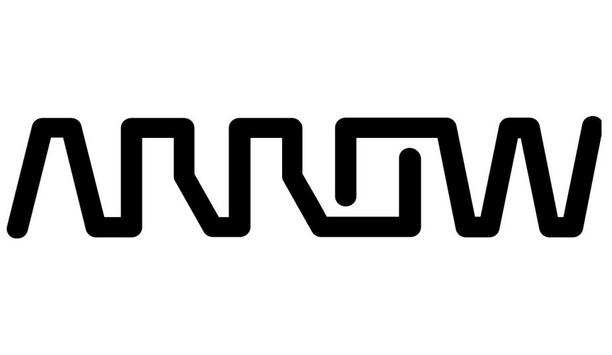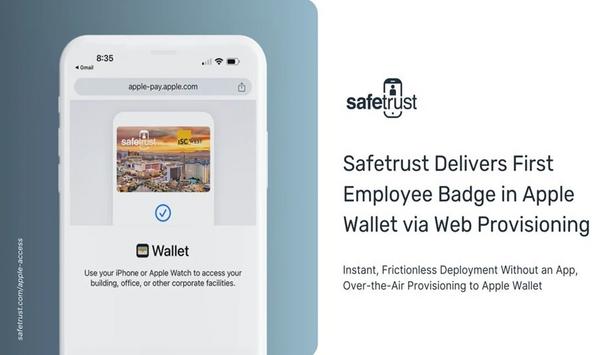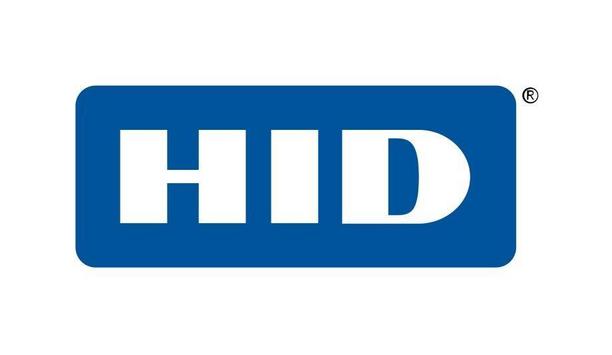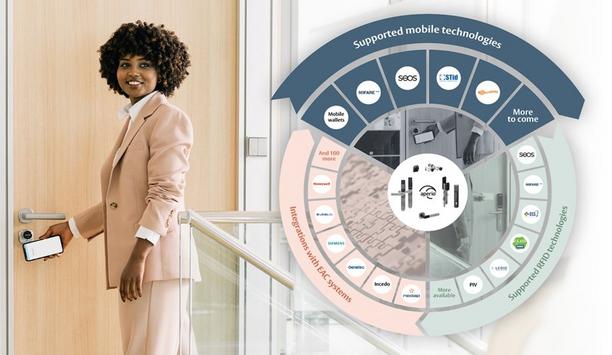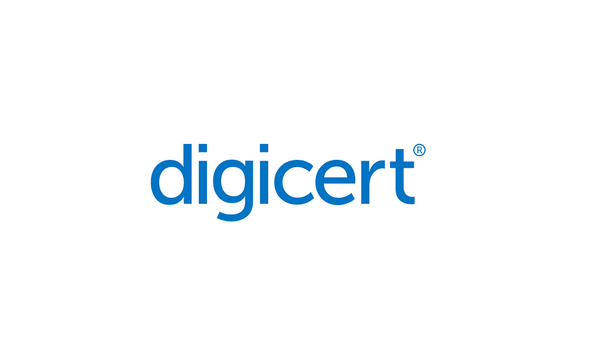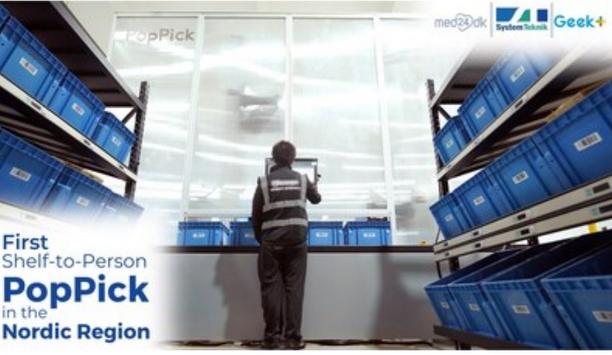What Is The Impact Of Smart Buildings On The Security Market?
Editor Introduction
We have been hearing about smart buildings for more than a decade, but the increasing profile of the Internet of Things (IoT) expands the possibilities for intelligent building systems and makes them even more attainable. Security is often among the “smart” functions of a building, and the capabilities of many physical security systems can contribute in new ways to building intelligence. We asked this week’s Expert Panel Roundtable: What is the impact of “smart buildings” on the physical security marketplace?
Increasingly, smart buildings are tapping into the Internet of Things to enable more applications to connect, and that includes physical security solutions such as video surveillance. In a smart building, video surveillance solutions can identify potential risks, such as a person of interest in a parking lot, track that person, and report findings back to a security team, all in real-time. Surveillance cameras with high-definition capabilities can zoom to view and capture details such as facial features and report them to an onsite security team, or remotely using smart phones or tablet apps. Video surveillance solutions can also monitor traffic as it happens, and security staff can quickly adjust their positions. In a smart building, a video management system can act as an intelligence center hub, where security alerts are verified and immediately acted upon. Video surveillance solutions add to a smart building’s intelligence and improve business operations.
The Internet of Things is driving the adoption of smart buildings. These buildings better align with the property owner’s priorities and provide an improved tenant experience. Adding levels of intelligence to buildings – whether building systems, smart sprinklers or destination dispatch elevators – reduces operational costs and provides insights into behaviors and patterns in the building. As buildings become smarter, the physical security market is expected to bring this intelligence as well, and many applications are delivering. With the migration to cloud-based platforms, mobile credentials, and IP-based access control, property managers can connect more and more of their platforms together and see efficiencies across their buildings and campuses. In addition, as more companies in the physical security market tout an open platform philosophy, they give property managers a choice in the best of video surveillance, access control, visitor management and more to their tenants.
We foresee three major impacts of this new technology on physical security systems and operations. First is the disruptive effect that the integration of new edge devices will have on how systems are designed, implemented and utilized by users. These edge devices can include everything from conventional smart phones to cameras with advanced analytics to sensors that detect anything from explosives to other volatile substances. Security professionals will look for the simplicity and cost effectiveness that these smart devices bring; such as being able to capture live video from consumers’ smart phones. The second major impact is on monitoring providers, as they need to evolve their service offerings to support customers with highly integrated systems. And the third impact deals with better cybersecurity. More edge devices hung on any network increase the vulnerabilities the system is exposed to. Cybersecurity will need to be a component of every physical security plan.
In some regards, instead of there being a significant impact of smart buildings on physical security, it's the other way around, and physical security is emerging as a big part of making buildings smarter. For example, there is now technology in place that can leverage the existing Wi-Fi infrastructures to provide a new level of situational awareness and presence detection. Not only does this allow stakeholders to locate individuals within a campus, but it also provides a two-way communication module to message individuals if there are any emerging threats to the safety and security of occupants. A platform like this can also integrate with existing building management platforms to determine if a building is empty and automatically work to save energy and money by turning off lights, adjusting thermostats, etc., to streamline usage. Physical security platforms like this are emerging as a way to mitigate risk and improve operations.
The physical security marketplace is increasingly using trusted identities to bridge the gap between smart buildings and connected workers. Previously used exclusively for physical access control, trusted identities now do double duty to integrate smart buildings and user applications at lower cost and with better ROI than other approaches. By connecting disparate systems, they enhance monitoring and deliver a better experience as people enter, navigate and interact with buildings and their services – and that’s just the beginning. By 2020, an estimated 20 percent of physical access solutions will be shaped by mobile and cloud architectures that drive smart building innovation. Many customers already use mobile access technology to create more identity-aware buildings that go beyond physical security to improve convenience and productivity in applications like booking rooms, visitor management, and office-space sharing. Watch for more examples as smart buildings continue to impact the physical security marketplace, and vice versa.
Smart building platforms use automation to control and manage their operations. Integrating access control systems can save money, streamline operations and gather critical information about ingress and egress points. This trend is affecting the way access control is installed in a new location: not solely for the purpose of monitoring coming and going, but adding more value for customers by realizing new ways to use the technology. For example, many access control systems can record when the last person leaves a building, communicating that information with the building's management system. Using that level of automation can trigger a thermostat to be automatically adjusted to reduce energy costs. Additionally, event management systems are being integrated into access control platforms to help manage access during "off" hours. Barrier-free biometrics-managed access control is also playing a role in making buildings smarter (and appear more open and welcoming) by helping reduce lobby traffic backup.
A major trend today is the movement toward broader and deeper integration between previously disparate systems and technologies. Integrating video surveillance, access control, analytics, building automation and other systems transforms what would be a conventional physical security system deployment into an enterprise level solution capable of providing valuable business intelligence. Video Management System (VMS) platforms often serve as the hub for integrated security systems with the capability to collect, sort and analyze data generated by multiple systems. As an example, the integration of video analytics and access control could enable a VMS to trigger building operations such as elevators or lights when an authorized individual enters a location after hours. Advanced VMS solutions also feature strong network security measures, which helps ensure valuable data remains safe.
Editor Summary
Clearly smarter security systems are an integral component of smarter buildings. Not coincidentally, security systems have become much more intelligent in the same timeframe as buildings have become smarter. Today, given IP connectivity and the IoT, the two can work together better than ever, both increasing building “intelligence” and security. In the age of Big Data, there are greater possibilities than ever to realize the long-promised potential of smart buildings, and the physical security marketplace has a critical role to play.
- Related links
- ACT Access control systems & kits
- ACT Access control software
- HID Access control software
- ISONAS Access control systems & kits
- ISONAS Access control software
- OnSSI Video Surveillance software
- Pelco Surveillance cameras
- Pelco Video Surveillance software
- Progeny Access control software
- Progeny Access control systems & kits
- Pelco IP cameras
Expert commentary
Security beat
Security bytes
- Getting To Know Dan Grimm, VP And General Manager Of Computer Vision At RealNetworks
- Big Wins And The Importance Of Showing Up: Insights From SecurityInformed.com Editor Larry Anderson
- Setting Goals, Business Travels And Radioactivity: Success Secrets From Tiandy's John Van Den Elzen
- Getting To Know Jeff Burgess, President/CEO At BCDVideo
Mobile access articles
Zenitel, a provider of intelligent communication solutions, announced the launch of two new door entry intercoms: the Turbine Extended Intercoms TEIV1+ and the TEIV4+. The new products display Zenite...
Physical security is essential for a modern production facility, users don’t want just anyone entering the building or accessing secure areas. But what about production machinery? Machine authe...
Global security manufacturer, Gallagher Security, has announced that support for employee badges in Apple Wallet is available for Gallagher customers in the U.S. with the release of Gallagher Command...
Barracuda Networks, Inc., a trusted partner and major provider of cloud-first security solutions, announced that Neal Bradbury has been elevated to the role of Chief Product Officer. In this new role...
Genetec Inc., a renowned technology provider of unified security, public safety, operations, and business intelligence solutions, announced that its new enterprise-grade SaaS solution, Security Center...
Gallagher Security announced the latest release of their award-winning security site management software, Command Center v9.10, marking a significant evolution for the security platform trusted to pro...
Gunnebo Entrance Control has announced its acquisition of DG Concept and Diadem, a French entrance control, design, installation, and service specialist, marking a significant step in reinforcing its...
Global technology solutions provider - Arrow Electronics, Inc. (ARW) announced that Broadcom selected it as the sole provider for its CloudHealth from VMware offering. CloudHealth is designed to help...
In an industry-first, Safetrust provisions employee and visitor badges directly into Apple Wallet via an email link or text message, eliminating the need to download an application. This innovative a...
HID, a worldwide pioneer in trusted identity solutions, announces the availability of its new HID Seos Essential Bundle, providing small to mid-size businesses (SMBs) in Europe with the benefits of ad...
Compatibility with a range of credential technologies can be a critical factor when selecting access control. As organizations across the world explore a move to mobile keys for access, it is more imp...
DigiCert, a major global provider of digital trust, reconfirmed its commitment to standards and compliance with the successful completion of 31 audits within a 12-month period. These audits include a...
Interface Systems, a major managed service provider of business security, actionable insights, and purpose-built networks for multi-location businesses, announced that it is releasing an enhanced cust...
Federation of Gujarat Industries (FG)), Vadodara has conferred the Outstanding MSME Excellence Award at the 18th FGI Awards presentation ceremony. The objective behind the institution of these awards...
Geekplus, the global pioneer in mobile robot and smart logistics solutions, has deployed the first Shelf-to-Person PopPick project in the Nordics for one of the biggest online pharmacy wholesaler...
Multi-Residential Access Management And Security
DownloadGuide For HAAS: New Choice Of SMB Security System
DownloadPrecision And Intelligence: LiDAR's Role In Modern Security Ecosystems
DownloadHikvision: Solar Powered Product Introduction + HCP
DownloadGunshot Detection
DownloadVerkada TD52 Cloud-Based Video Intercom
exacqVision IP08-64T-R1XW-E X-Series 1U Rdnt IP NVR 64TB RAID5 Windows OS with 8 IP Ent Lic
Climax Technology TouchPanel-3 7” Color Graphic Touchscreen Panel











